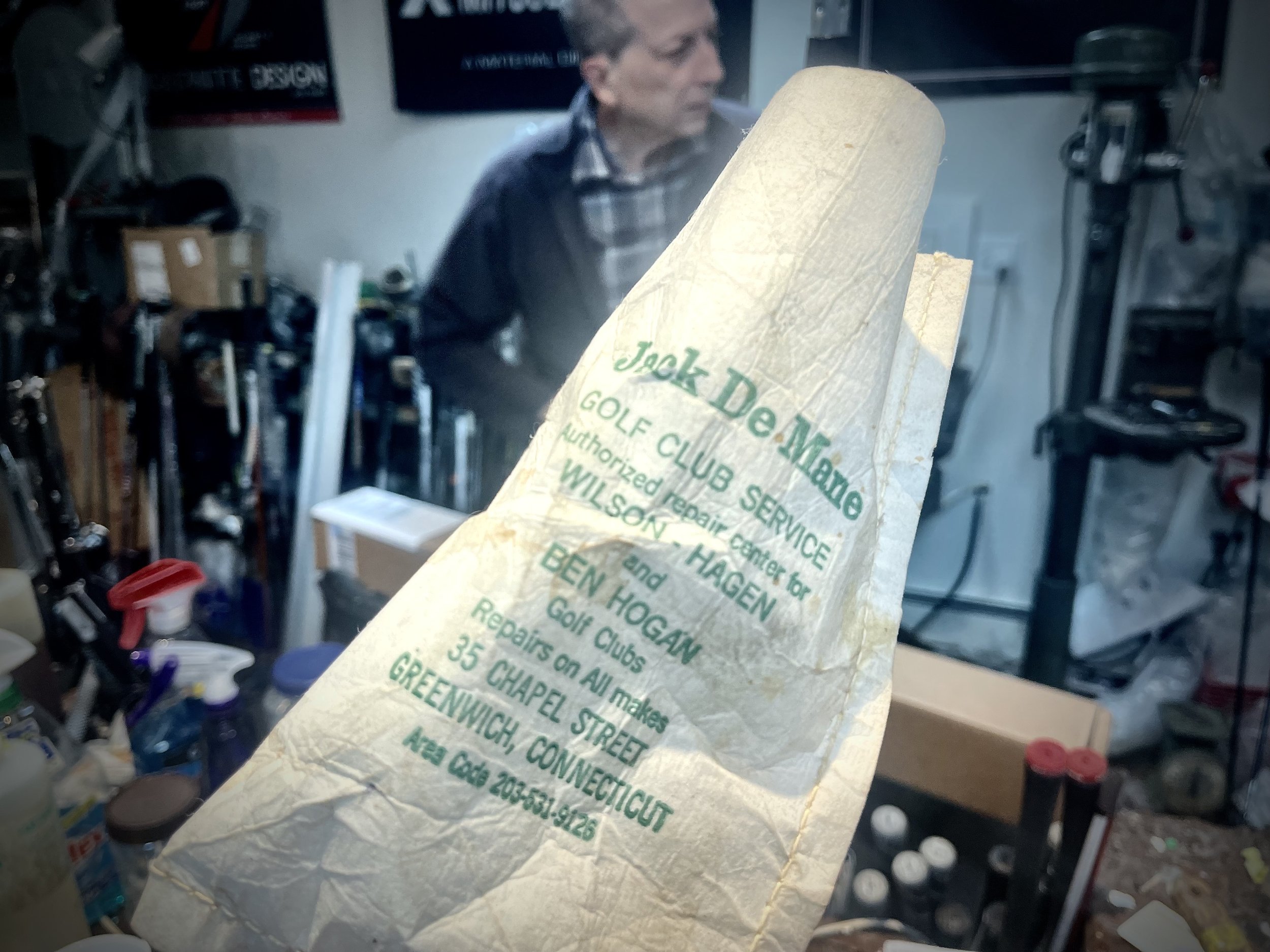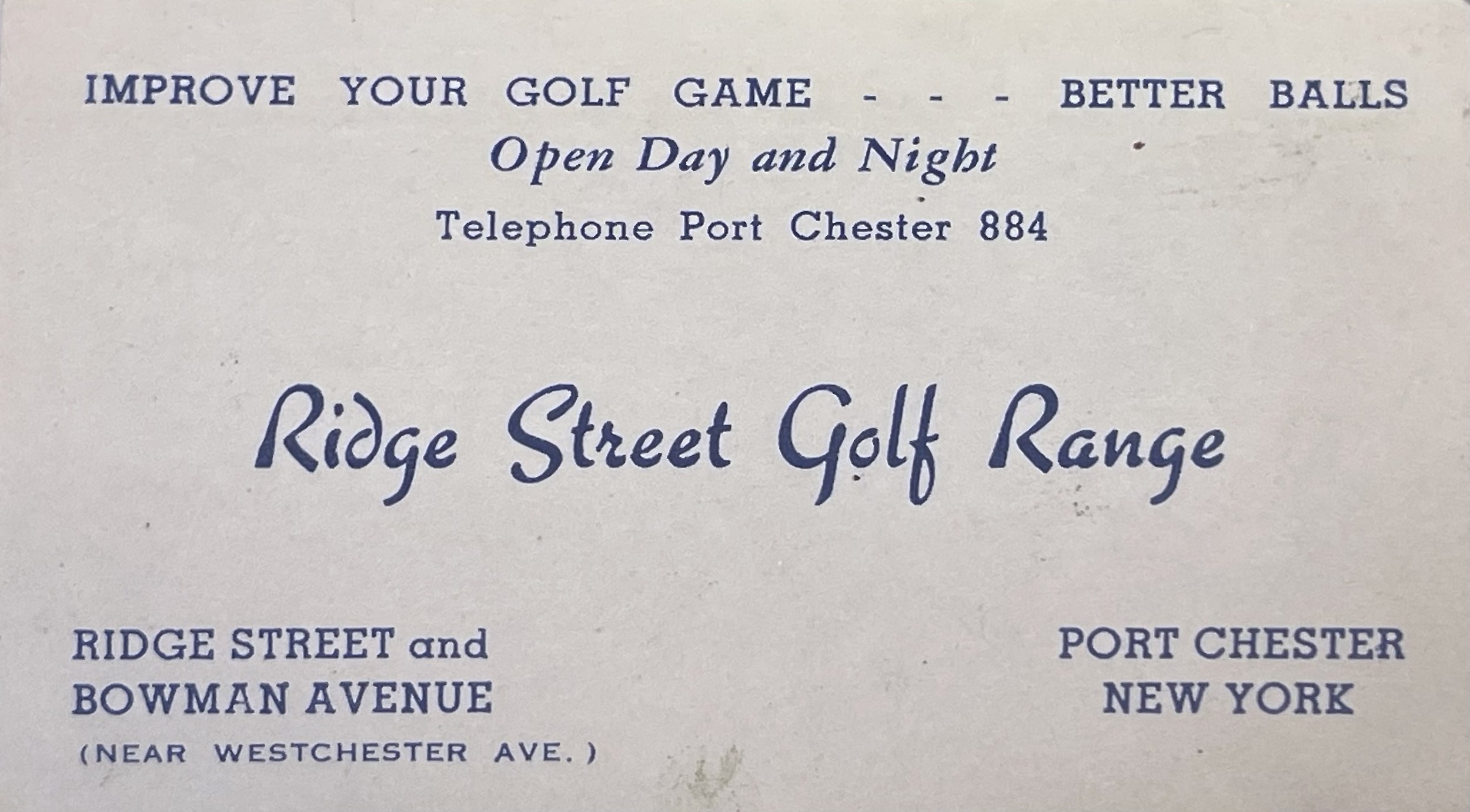Dick DeMane
Nick’s son, Dick was born in Rye, New York. A graduate of Port Chester High School, (where he was an outstanding golfer), Dick attended Rutgers University and was a lifetime member of the Professional Golfers Association and the nephew of two PGA professionals, Art DeMane and John Inglis.
His father, Nick DeMane, was the head golf professional at Soundview Golf Club, the Hommocks Golf Club and Blind Brook Club, and was responsible for the early training of his son who started playing when he was nine years old.
Dick turned pro in 1947, and served as assistant to Jim Turnesa, of Briar Hall, and Jerry Desio, of Harrison Country Club, before opening his own golf school at Nick’s driving range in Port Chester.
In 1959 Dick DeMane became the head golf professional at Engineers Country Club (where the PGA Championship and National Amateur were held). His ambition was to try to qualify and play in two national tournaments a year, the U.S. Open and PGA Tourney. He was successful in doing just that, achieving his goals five times for each one!
“Sandy,” as he was called, was a superb golfer. Only five feet seven in stature (most of time he came only shoulder high to his competitors), this diminutive professional, described as “a little fellow with an artful swing,” would let his golfing ability level the playing field.
He won a host of golf tournaments in the metropolitan New York area including: the State PGA Seniors Championship (twice); and the Metropolitan PGA Seniors Three Ring PGA Intersectional Matches (as a team).
This little “tiger”, as the gallery dubbed him, also won close to a dozen Long Island PGA sponsored tournaments, while half the time capturing the medallist’s title as well. Dick also broke the scoring record at his home golf course, the Engineers Country Club, .
Dick DeMane was also a fine teacher. “I teach all kinds of golfers, champs and beginners. I do not teach them anything other pros don’t, but I guess I get to them quicker. They understand me,” he said. People could relate to him because he was transparent and honest.
At the 60th USGA Open, held at the Cherry Hills Country Club, he assessed his chances of winning on the PGA Tour: “I’ve got a wife and two children to provide for. On the tour there are winners, but you can also wind up with peanuts.”
In the DeMane tradition, he was a family man first, and then a golfer. Nicknamed, “Archie,” Dick loved being a golf professional, and had no other thoughts of doing anything else. He was at Engineers Country Club for 33 years. After retiring, he moved to Florida full time, and kept busy playing in super seniors events.




